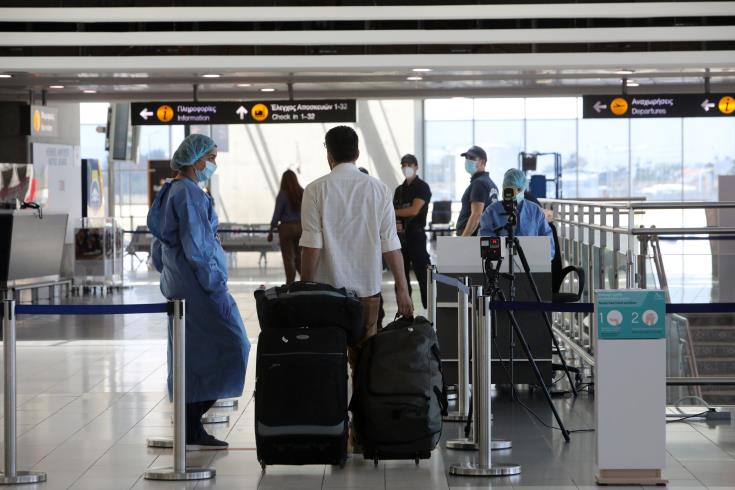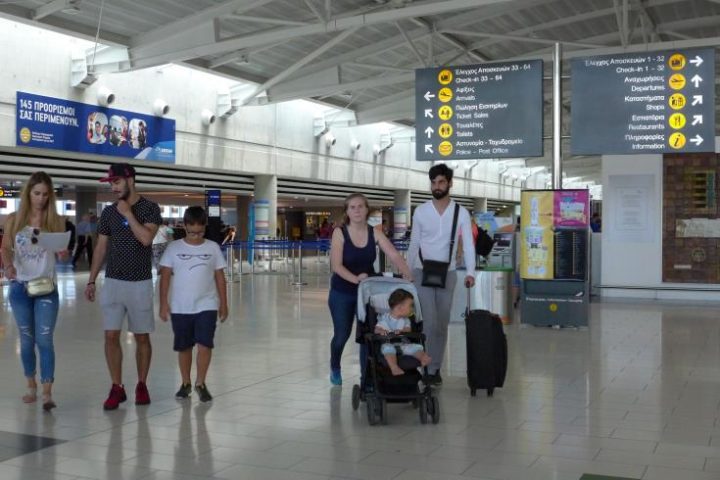From 16 July, Cyprus will not allow entry to visitors from Serbia while knocking previously ‘safe’ Australia from category A after health authorities revised the approval list based on their COVID-19 risk.
The change comes after some travellers from Serbia were found to be positive for coronavirus while carrying proof, they tested negative prior to their flight for Cyprus.
Australia has seen a resurgence in cases where Melbourne, the second-largest city, is under lockdown.
The Health Ministry issued a revised list on Tuesday after earlier last week relegating Israel and Lebanon from its safe country list.
In revaluating its safe list, the ministry said the update took into account the recommendation of the European Council dated June 30 for the gradual and coordinated lifting of travel bans to the EU.
That recommendation had set back Cypriot tourism sector hopes of saving the season after Israel was removed from Category B to a higher risk country where there are no regular flights to Cyprus.
In the announcement, the Health Ministry refers to a category C, which it deems as not safe compared to categories A and B.
Anyone coming from a Category C country is required to self-isolate for 14 days.
The UK is currently in category C along with Sweden, Portugal, and Serbia.
However, according to a previous evaluation, given the improvement of its epidemiological situation, and provided this trend continues, Britain will be added to Category B as of August 1.
Visitors from the 22 classified Category A countries are not required to provide a negative COVID-19 test.
Arrivals from countries in Category B need proof they have tested negative for COVID-19 within 72 hours prior to boarding their flight to Cyprus.
All passengers, irrespective of category, are obligated to submit an application online for CyprusFlightPass (https://cyprusflightpass.gov.cy/) within 24 hours before their flight departs.
For public health reasons and to monitor the epidemiological situation, random testing will take place among passenger arrivals.
Classification of countries is based on the reproduction rate R (t) for Covid-19, the number of new cases, the number of tests, the mortality rate per 100,000 people, the estimated prevalence and WHO indicators.
The ministry said classification of countries based on epidemiological risk is “exceptionally dynamic” and can change at any given moment as the pandemic develops.
Group A – Low-risk countries
These are countries with R (t) of below 1 and/or a small number of new cases (<1/100,000 inhabitants a day) and/or very low COVID19 mortality (<5-10/100,000 inhabitants) and/or sporadic cases or cluster of cases according to WHO and /or at least satisfactory tests (>3000 tests/100,000 residents):
EU members: 1) Austria, 2) Germany, 3) Denmark, 4) Greece, 5) Estonia, 6) Ireland, 7) Latvia, 8) Lithuania, 9) Malta, 10) Hungary, 11) Poland, 12) Slovakia, 13) Slovenia, 14) Finland
Members of Schengen: 1) Switzerland, 2) Iceland, 3) Liechtenstein, 4) Norway
Third countries: 1) Japan, 2) Canada, 3) New Zealand, 4) South Korea
Group B
These are countries with R (t) above 1 and/or new cases of >1/100,000 people a day and/or increased COVID-19 mortality (>10/100,000 people) and/or limited lab tests (<2000 tests/100,000 people) or lack of classification by WHO.
EU members: 1) Belgium, 2) Bulgaria, 3) France, 4) Spain, 5) Italy, 6) Croatia, 7) Luxembourg, 8) the Netherlands, 9) Romania, 10) the Czech Republic,
Small nations: 1) Andorra, 2) Monaco, 3) Vatican City, 4) San Marino
Third countries: 1) Georgia, 2) Uruguay, 3) Australia
Group C – Countries with increased risk compared to Groups A and B
EU members: 1) Portugal, 2) Sweden
United Kingdom
Third countries: Serbia










